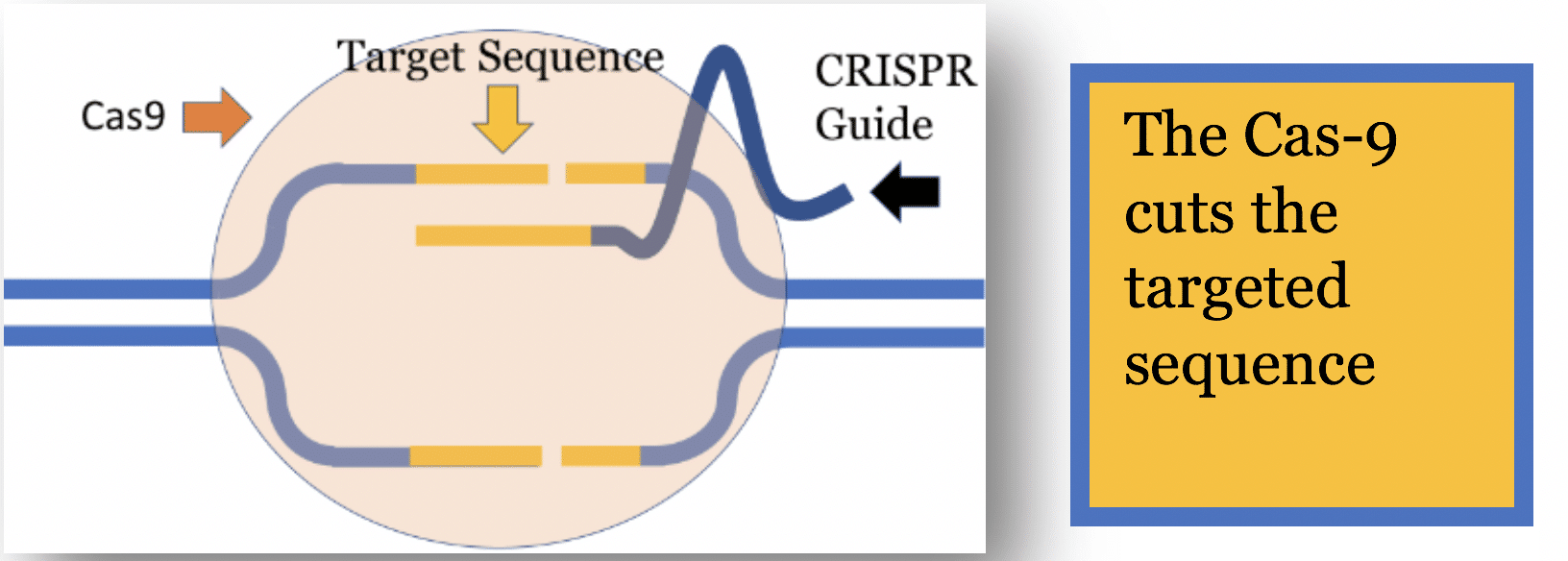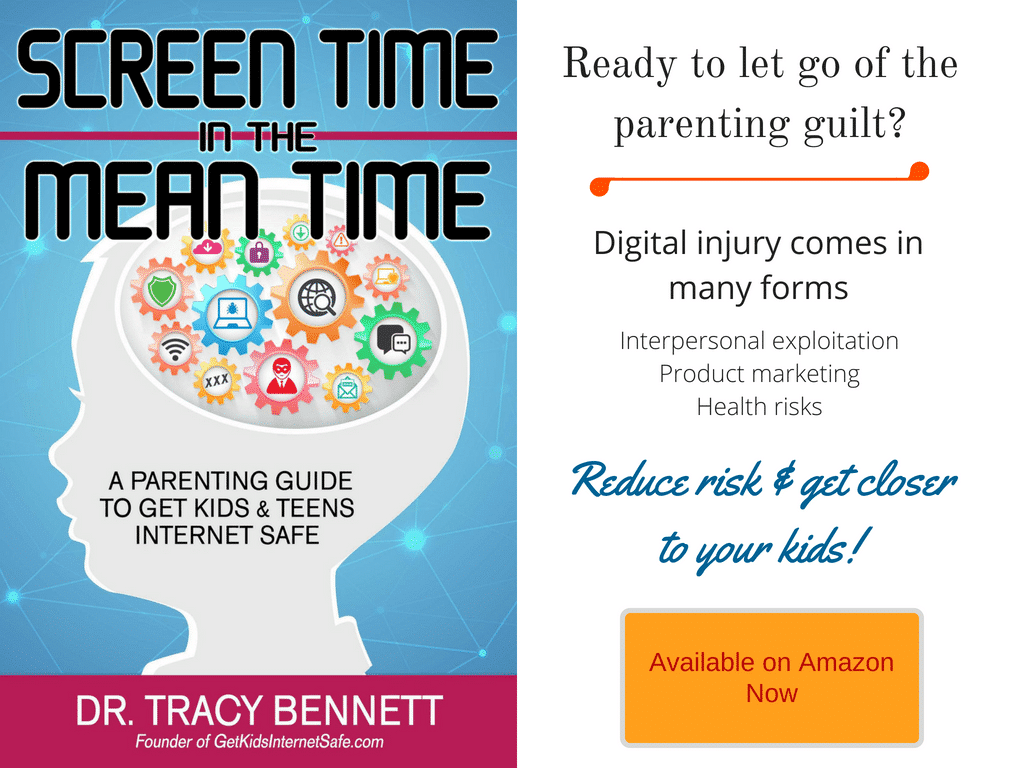
Remember your first pregnancy? Dreams of yummy baby smells, cozy snuggles, and planning that moment of introduction when you could count ten grasping fingers and ten wiggly toes? I even fantasized that my baby would have daddy’s eyes or my thick hair. Now imagine if you could make some of those fantasies happen on order, like a build-your-own baby with flawless looks and increased strength and intelligence? Perhaps you wouldn’t go THAT far, knowing that nature’s quirky combinations make up the charm of who we are. But what if, while worrying about all the challenges of conception, pregnancy, and delivery, somebody told you that you could delete the risk of pain, crippling, or fatal disease from your child’s young life. Would you do that? Introducing the new gene modification tool CRISPR, which could make designer babies a reality.
What is CRISPR?
Like a word document, CRISPR technology allows scientists to go into the human genome, cut out specialized stretches of DNA (CRISPRs), and paste new DNA in its place. Throughout this CRISPR region of DNA are repeated sequences of nucleotides (the building blocks of DNA), that are separated by spacer bits of DNA.

In March 2007, researchers discovered that a bacterium (Streptococcus thermophilus) would develop new spacersin the CRIPSR regionafter a virus attack. The new spacers were found to be identical to the DNA of the virus. In other words, the bacteria created a copy of the viruses’ DNA which would be used to prevent future attacks, similar to an immune response.[1]
Associated with CRISPR DNA is the protein Cas9. Cas9is an enzyme that acts like a pair of molecular scissors, capable of cutting strands of DNA.

When the virus attacks again, the saved RNA(which is the DNA copy) is sent out and locates the matching sequence of DNA on the virus. The Cas9 protein follows, and, when the location is found, it cuts the DNA thus destroying the virus. At a microscopic level, our bodies fight viruses with a miraculous technique of cut and paste!
In 2011, researchers discovered a CRISPR-Cas9 system in another bacterium (Streptococcus pyogenes). Scientists altered this bacterium, creating a simple system consisting of two parts – the guide RNA (or CRISPR guide) and the Cas9 protein. The CRISPR guide contains the coordinates where the gene editing takes place, and Cas9 follows to cut the DNA.[2]With this new technology, scientists can intervene in a similar way that nature does but with even more planning and deliberate alteration.





Uses of CRISPR
The potential uses of CRISPR are far reaching. Below is a list of ways CRISPR has already been used.
- Remove Malaria from Mosquitos– In mosquitos, a targeted gene called FREP1 was found to keep malaria parasites alive. By cutting the gene out, the likelihood of the malaria parasite surviving was reduced.[3]
- Treating Cancer – New treatment looks to delete two genes to help cancer patients. The first gene creates a molecule that cancer cells use to slow the immune system. The second gene looks to edit the receptor of immune cells to help steer them toward tumors.[4]
- Human Organs from Pigs – Pigs have organs similar in size to humans; however, pig organs are rejected by the human body due to viruses in the pig. By editing the genes of pig embryos and removing the viruses, a company has created 37 pigs that are healthy and virus free.[5][6]
- Revolutionizing the Drug Industry – CRISPR is making it easier for drug researchers to identify the genes and proteins that cause or prevent disease. It also allows them to create models that precisely mimic diseases.[7]
- Super Plants – By editing the genes in rice, biologists can reduce its susceptibility to bacterial blight that greatly affect rice supplies in Asia and Africa.[8]
Changing the Human Species
In 2016, Chinese scientists were the first to use CRISPR gene editing on a human. The scientists knocked out a gene eliminating a molecule cancer cells use to slow the immune system in lung cancer patients. Since this initial procedure, China has continued to perform CRISPR gene editing on a reported 86 more patients.[9]
The gene editing performed on these patients created Somatic Mutations,which are mutations to the cells of the internal organs, skin, bones, blood, and connective tissues. Somatic mutations will not pass onto offspring. Germline mutations, in contrast,are mutations that affect every cell in an organism and are passed on to offspring. The gene editing for germline mutations are done in a human egg right after fertilization has occurred. In 2017, U.S. scientists changed the DNA of multiple embryos and demonstrated that it was possible to safely and efficiently correct defective genes that cause inherited diseases.[10]
What will it cost?
There currently are ways to create your very own designer baby. The two most frequently used procedures are PGD (Preimplantation genetic diagnosis) and IVF (In Vitro Fertilization). PGD is a technique where scientists check the cells of an embryo for diseases prior to placing it in the uterus. The cost for this procedure runs $800 to freeze the eggs and $3500 to perform the tests. IVF checks the chromosomes of the embryo and can determine its sex, allowing parents to choose the sex of their child. The cost for this procedure can run as high as $25,000 per screening.[11]

A New Species
Children born with germline mutations will be the first generation of gene edited humans and will forever change the gene pool. How will society view them? Will they be something better than us? Or will we see designer children as Frankenstein-type monsters born of science. Could laws be put in place that make certain gene edits mandatory for your child? Could we see a world where we look down on those who don’t gene edit their children?
Pros and Cons of Using Gene Editing
Here is a quick list that showcases pros and cons of using CRISPR technology.
Pros:
- Removal of diseases
- Increased and healthier lifespans
- Removal of birth defects
- Increased knowledge of genetics
- Prevention of next generation having a disease or defect
- Keep pace with the technology of other nations
Cons:
- Technology is new not yet perfected
- The child has no choice in the matter
- Lose individuality
- Damage to the gene pool
- Only wealthy can afford it
- Large gaps in society
Without funding and support, the world’s scientists could lose out to third-party innovators free of regulation and oversight. For that reason, we at GKIS support scientific progress with an eye to maintaining our spirituality, morality, and humanity. I hope today’s article offers a topic to challenge your family and friends to complex, compassionate thinking around a screen-free dinner. Problem solving must be supported and mentored by loving, encouraging parents, just as you are. I applaud you for being that parent.

I’m the mom psychologist who will help you GetKidsInternetSafe.
Onward to More Awesome Parenting,
Tracy S. Bennett, Ph.D.
Mom, Clinical Psychologist, CSUCI Adjunct Faculty
GetKidsInternetSafe.com
Works Cited
[1]Barrangou, R., Fremaux, C., Deveau, H., Richards, M., Boyaval, P., Moineau, S., Romero, D.A., and Horvath, P. (2007). CRISPR provides acquired resistance against viruses in prokaryotes. Science 315, 1709–1712.
[2]Sapranauskas, R., Gasiunas, G., Fremaux, C., Barrangou, R., Horvath, P., and Siksnys, V. (2011). The Streptococcus thermophilus CRISPR/Cas system provides immunity in Escherichia coli. Nucl. Acids Res. 39, gkr606–gkr9282.
[3]Micheal Irving (2018) Malaria-resistant mosquitoes engineered using CRISPR https://newatlas.com/malaria-resistant-mosquitoes-crispr/53739/
[4]Emily Mullin (2018) U.S. doctors plan to treat cancer patients using CRISPR https://www.technologyreview.com/s/609999/us-doctors-plan-to-treat-cancer-patients-using-crispr/
[5]Emily Mullin (2017) CRISPR Opens Up New Possibilities for Transplants Using Pig Organs https://www.technologyreview.com/s/608579/crispr-opens-up-new-possibilities-for-transplants-using-pig-organs/
[6]Emily Mullin (2017) CRISPR in 2018: Coming to a Human Near You https://www.technologyreview.com/s/609722/crispr-in-2018-coming-to-a-human-near-you/
[7]Andrew Scott (2018) How CRISPR is transforming drug discovery https://www.nature.com/articles/d41586-018-02477-1
[8]DeeAnn Visk (2017) CRISPR Applications in Plants A Report from the Plant and Animal Genomics Conference https://www.genengnews.com/gen-exclusives/crispr-applications-in-plants/77900846
[9]Kristen Brown (2018) China Has Already Gene-Edited 86 People With CRISPR https://gizmodo.com/china-has-already-gene-edited-86-people-with-crispr-1822297524
[10]Steve Connor (2017) First Human Embryos Edited in U.S. https://www.technologyreview.com/s/608350/first-human-embryos-edited-in-us/
[11]Carlin Flora (2018) IVF and Gender Selection: What You Need to Know (https://www.parents.com/getting-pregnant/gender/selection/ivf-and-gender-selection-what-you-need-to-know/
Photo Credits
Baby Session- Makayla Nick Nguyen CC BY-SA 2.0











